8 Rococo Interior Design Ideas (With Pictures)
-
Kristin Hitchcock
- Last updated:
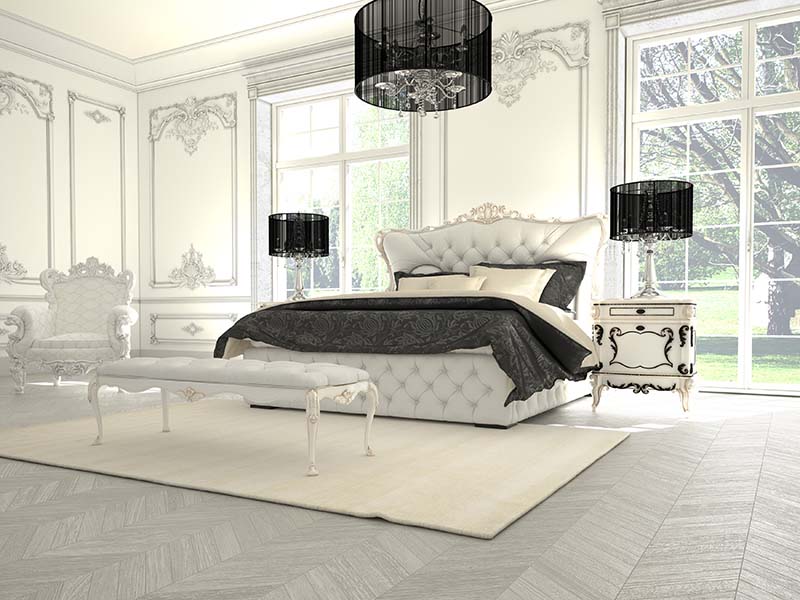

Rococo isn’t a design option that you see very much today. It originated in France during the early to mid-18th century, around the time when King Louis XV was in power. It’s very similar to Art Deco, as it uses elaborate decorations, intricate details, and flowing lines. However, it’s slightly different, as it doesn’t use as bold colors. Instead, it prefers subdued colors.
The term “rococo” is derived from the French word “rocaille,” which means “rock and shell,” reflecting the style’s use of natural forms and asymmetrical designs.
This interior design works great for many homes. If you like Art Deco but don’t like all the bold colors, then this style is a solid option.
The 8 Rococo Interior Design Ideas
1. Elaborate Ornamentation
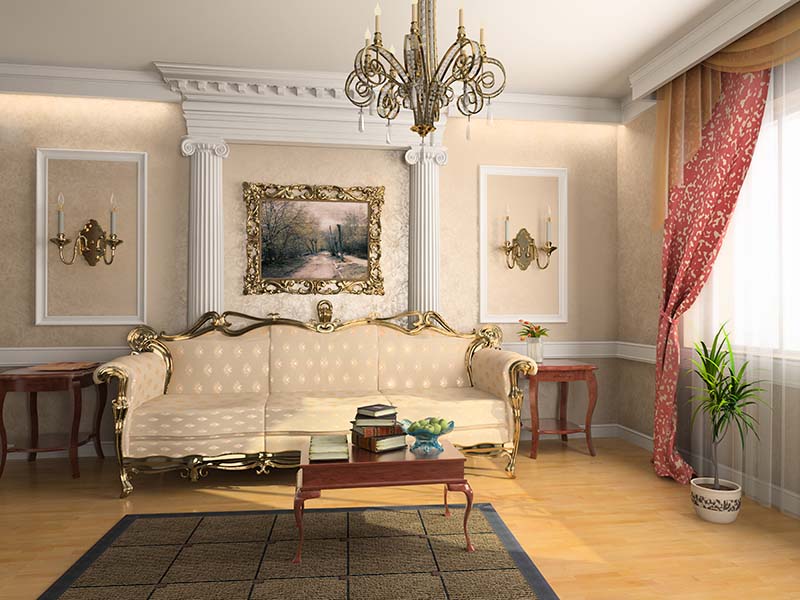
Rococo interiors are characterized by their ornate ornamentation. Decorative moldings, carvings, and plasterwork are used to create intricate patterns and designs. These elements often depict natural forms like shells, flowers, vines, and scrolls.
The use of ornate decoration adds a sense of luxury and opulence to the interior spaces. Simply put, it makes it look “fancy.”
You’ll see tons of ornate picture frames and furniture. The lighting fixtures are often ornate, as well.
2. Soft Colors
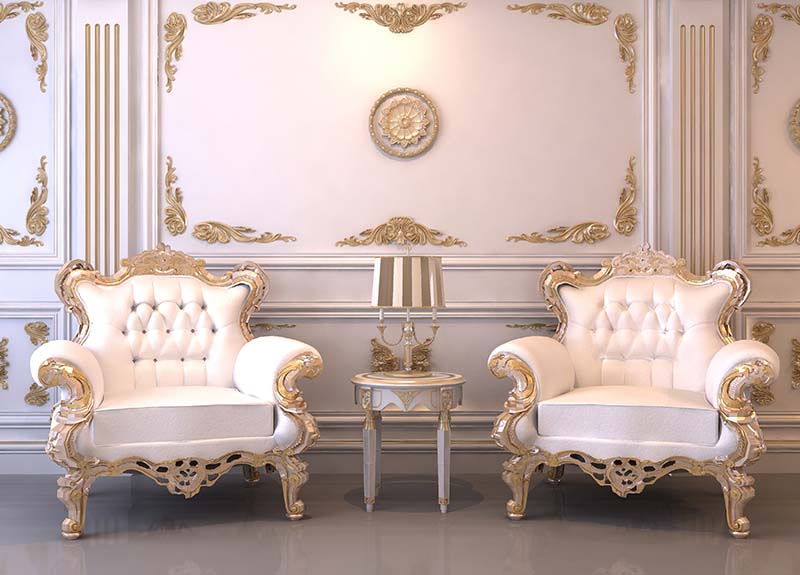
Unlike Art Deco, Rococo uses a very soft and delicate color palette. In many cases, white and gold may be the only color. Dusty pastels are another common option, such as pale pinks, blues, and greens. Creams dominate in many homes.
These gentle hues are chosen to make the room feel bigger and lighter. Therefore, they work particularly well in smaller spaces where dark, bold colors may be a bit too much. Rococo design is trying to make a light, airy atmosphere.
3. Curved Lines

It’s very important to use curved lines when trying to follow a rococo style. This interior design choice isn’t trying to look modern, unlike so many that are common today. Therefore, curved lines are the way to go.
Most furniture will have curved legs and arms and straight-lined furniture isn’t very common. The flowing lines are meant to establish a sense of elegance instead of the more rigid and symmetrical lines you’ll see elsewhere.
4. Gilding

Rococo is all about gold. While you may be able to use whatever accent color you want in other styles, gold is a must in Rococo. In many cases, this gold will be introduced via gilding, which is the application of gold leaf or gold paint to parts of the design. However, you can also use gold in fixtures and around mirrors.
The important part is that there is gold. It reflects the light and brightens the space, which is one of the goals of the Rococo style.
5. Exquisite Furniture
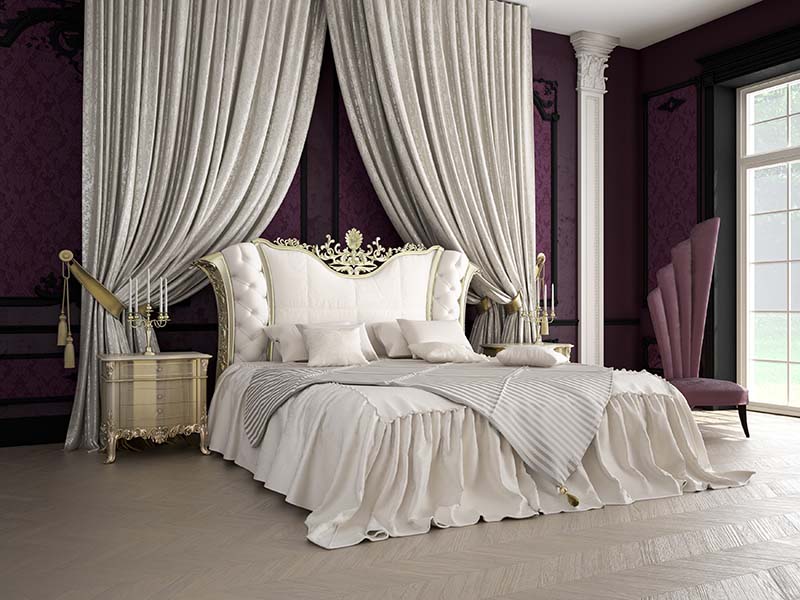
This style doesn’t use tons of accessories or clutter. Instead, a lot of the focus is on the furniture. Because the style is luxurious, it’s important to pick furniture that matches. It should be obviously “highbrow.” In many cases, the furniture will have carvings and dramatic legs.
Chairs and sofas should be upholstered in expensive materials. Patterns on furniture are very common. Furniture is meant to be functional, of course, but it is also utilized as a design element.
6. Mirrors and Lights
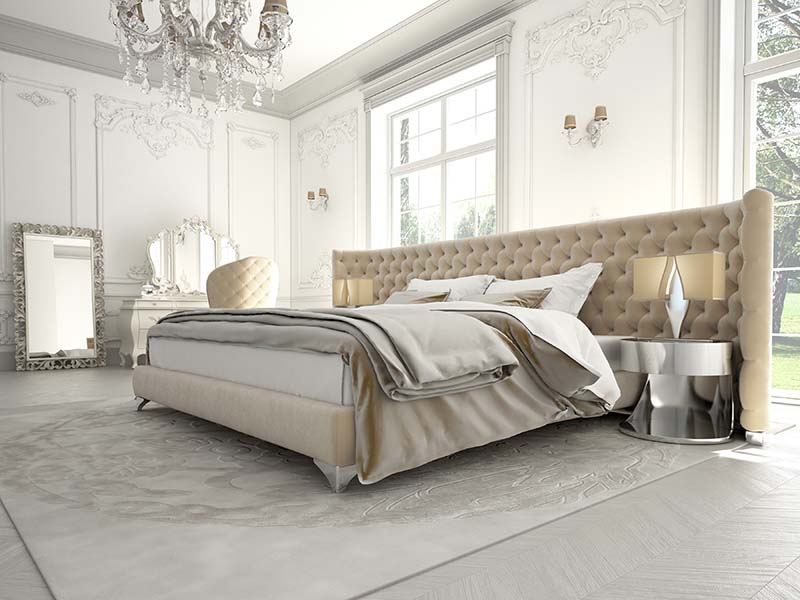
Because Rococo is all about brightening the space, it’s important to utilize lights, including both fixtures and natural light. Big windows may not have been common originally, but they are much more common today. Mirrors are also a key part of this design, as they help the room look bigger and reflect light.
Often, the mirrors and light fixtures will be elaborate and golden. They work as design elements as well as lightening the space.
7. Floral and Natural Motifs
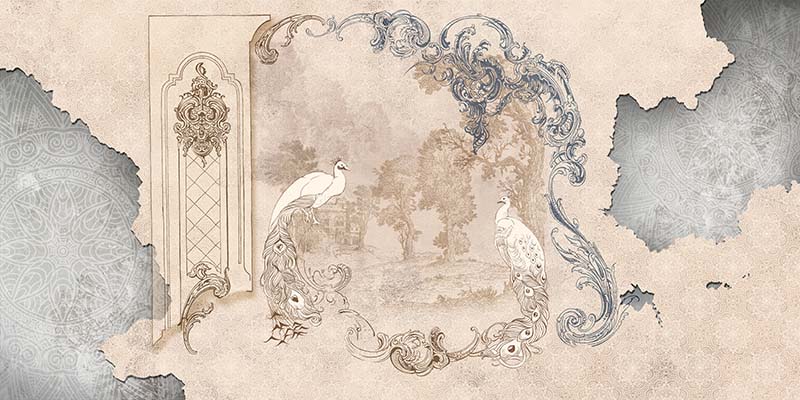
Natural motifs are an extremely common design element of Rococo. Basic floral patterns are common, but you will also see more elaborate displays of plants and animals. These motifs are often integrated as wallpaper or upholstery.
Sometimes, real flowers and shells will be added to include some organic elements in the décor. In fact, it’s very common to see dyed flowers in vases around rococo interiors.
8. Playfulness and Whimsy
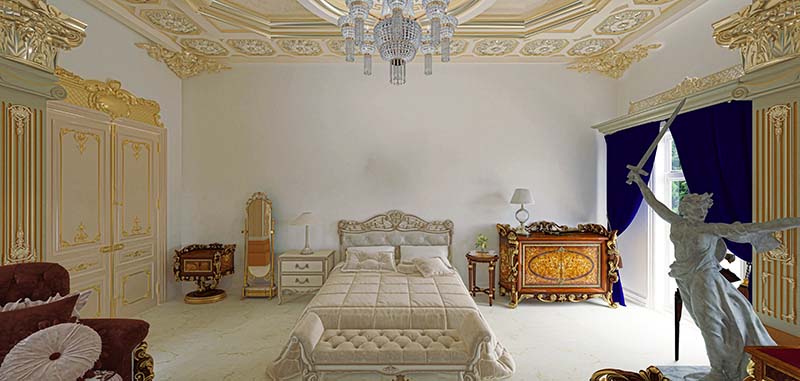
Rococo design often uses statues and motifs that aren’t completely serious. Playfulness and whimsy are where this design really takes off. A good rococo design will include the elements we mentioned above, but a great one will include an added sense of playfulness, as well.
For example, furniture might be adorned with asymmetrical scrolls and motifs, and hidden compartments might be integrated into cabinets and tables, adding an element of surprise and delight. It isn’t odd to “hide” doors in bookcases or gilded walls.
Final Thoughts
The main goal of the rococo style is to make an area light and luxurious. These goals are accomplished in many different ways. However, using intricate details, soft colors, flowing lines, and plenty of light are some of the most important parts of this style.
You’ll also see plenty of natural materials and motifs. For instance, shells may be used on a flower vase, or natural scenes may be displayed on wallpaper. Gilding adds luxury and brightness to the area.
See Also:
- Moroccan Interior Design Ideas (With Pictures)
- French Interior Design Ideas (With Pictures)
- Baroque Interior Design Ideas (With Pictures)
While you don’t have to use all of these design choices, they are all an important part of this style. Unlike other styles, Rococo is one full of subtle design choices.
Featured Image Credit: 2M media, Shutterstock
Contents
